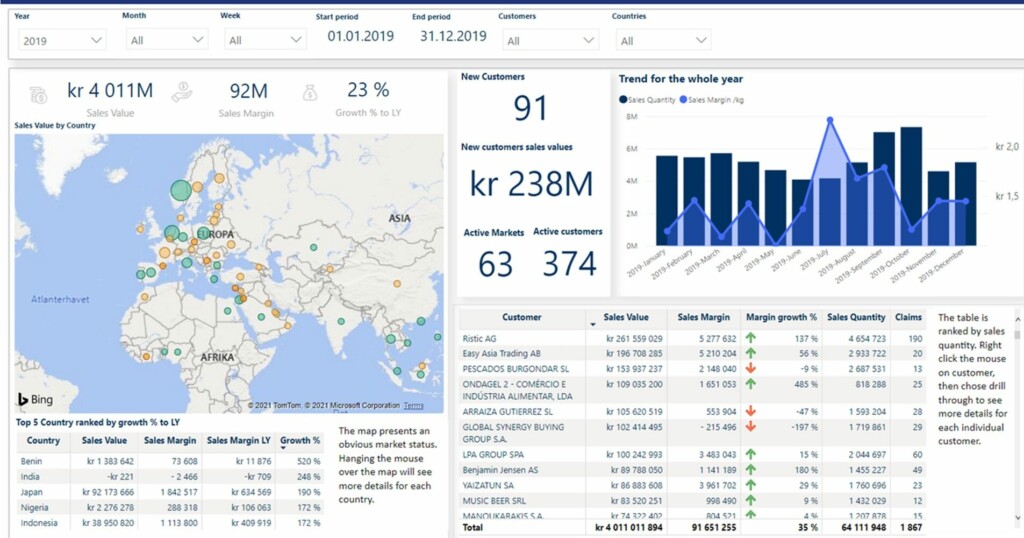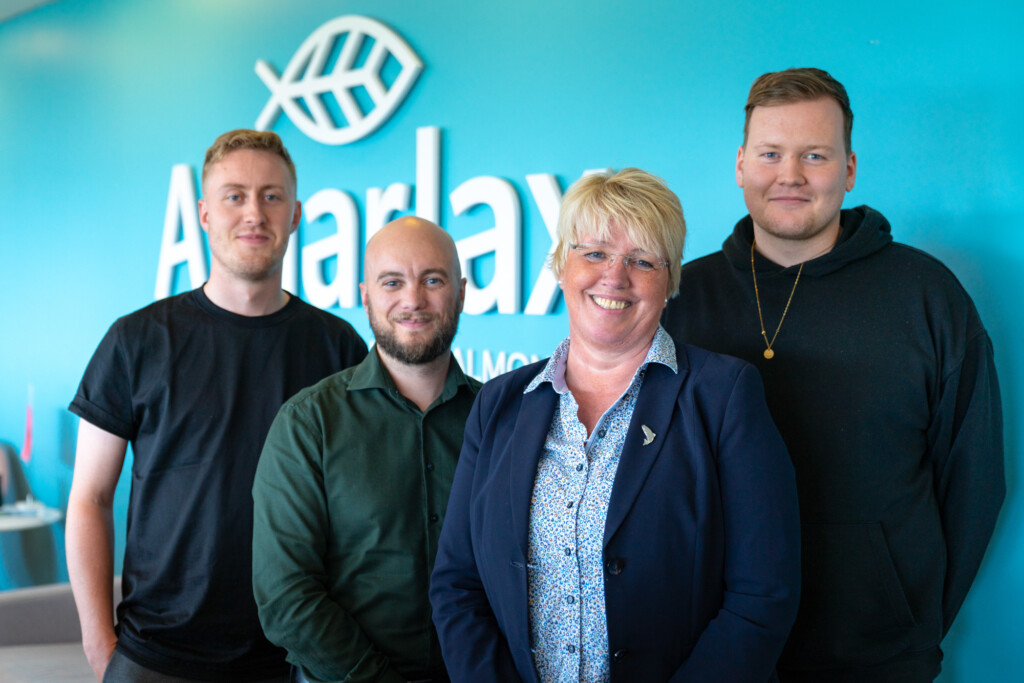Sales, customer and inventory reports give valuable insights to the Lund’s Fisheries team. Their executives now leverage Maritech Analytics on a daily basis.
“Previously, we waited for reports,” says Brad Altman, Business Analyst. “Now we have the relevant data at our fingertips. It’s always updated, enabling us to react to market dynamics in real-time.”
New Jersey-based Lund’s Fisheries is renowned for high quality products and its position as the sole U.S. seafood company harvesting three domestic squid species. They also focus on scallops, as well as other seafood trading. A lot of their products are MSC certified, and they are vertically integrated. With a deep commitment to sustainability, traceability, and customer service, they are always seeking new ways to improve their operations.




